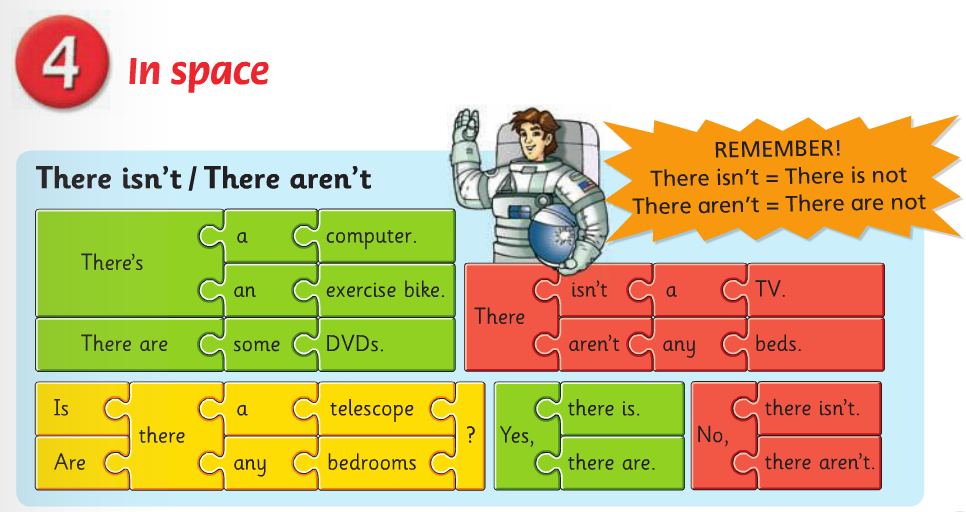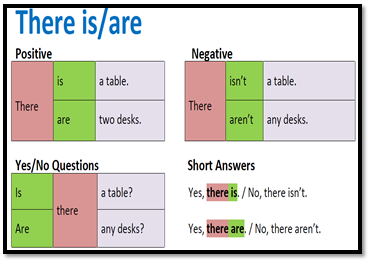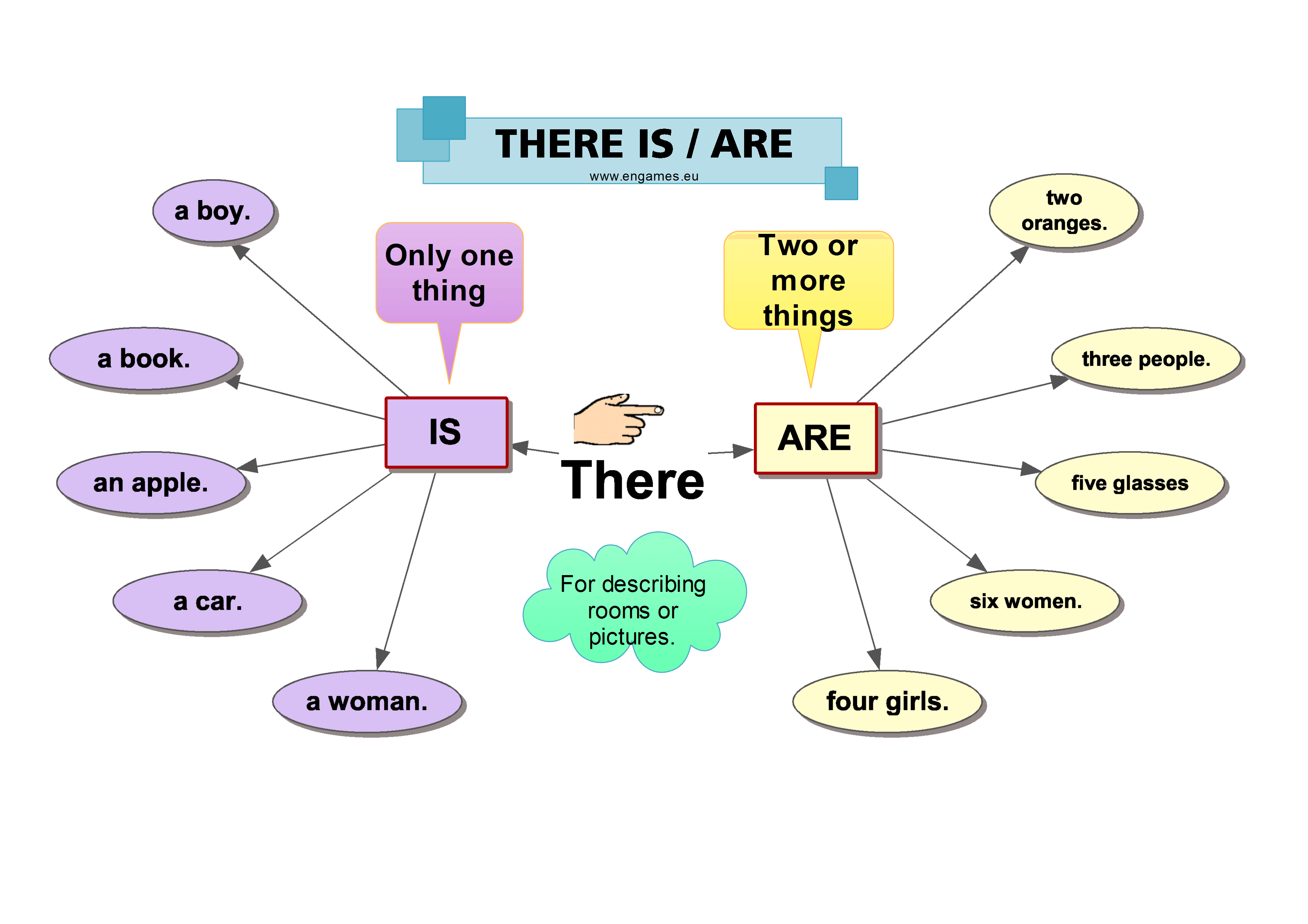Here and There Using 'Aquí,' 'Ahí' and 'Allí' 'Spanish lesson for beginners and beyond'.
Where Is It, and How Do I Get There?
Broadly speaking, in English something can be in one of two places: here or there. But Spanish has three such locations.
They are aquí, roughly the equivalent of "here"; ahí, roughly the equivalent of "there" when speaking of an object or action that is close to the person being spoken to; and allí, roughly the equivalent of "there" or "over there" when speaking of an object that is distant from both the speaker and the person being spoken to.
Note also that *ahí *is sometimes used to refer to something emotionally close rather than simply physically close to the listener, so *allí *can suggest emotional as well as physical distance.
Grammatically, all three of these words in Spanish (and the English equivalents as well) are known as adverbs of place.
Although allí and ahí can sound similar in regions where the ll sound is softened and they are often translated the same in English, you should be careful not to confuse them. Ask a native Spanish speaker, ¿Qué pasa ahí? ("What's happening there?"), and the person will likely look in his or her vicinity. But ¿Qué pasa allí? (which you might translate as "What's happening over there?") will have the person looking in the distance.
Here are some examples of these adverbs in use:
Necesitas aceptar las condiciones aquí descritas. You need to accept the conditions described here.
Vente aquí para comer. Come here and eat.
La gente aquí es muy pacífica. The people here are very peaceful.
Haz clic aquí. Click here.
¿Hay alguien allí? Is someone there?
El hombre que nunca estuvo allí. "The Man Who Wasn't There" (title of a movie
Te puedes sentar ahí. You can seat yourself there.
Allí viene el heladero. There comes the ice cream man (in the distance).
Como siempre ahí I always eat there.
¿Qué hacen allí mirando al cielo? What are they doing there looking at the sky?
Necesitas aceptar las condiciones aquí descritas. You need to accept the conditions described here.
Vente aquí para comer. Come here and eat.
La gente aquí es muy pacífica. The people here are very peaceful.
Haz clic aquí. Click here.
¿Hay alguien allí? Is someone there?
El hombre que nunca estuvo allí. "The Man Who Wasn't There" (title of a movie
Te puedes sentar ahí. You can seat yourself there.
Allí viene el heladero. There comes the ice cream man (in the distance).
Como siempre ahí I always eat there.
¿Qué hacen allí mirando al cielo? What are they doing there looking at the sky?
You might notice that these adverbs roughly correspond to the
demonstrative adjectives and pronouns:
Adverb of location: aquí. Demonstrative: este (this), ést
Adverb of location: **ahí.* Demonstrative: ese (that), ése (that one).
**Adverb of location: allí. Demonstrative: aquel (that over there),* aquél***
(that one over there).
As in English, these adverbs can occasionally be used as pronouns. A few examples:
Los dulces de aquí son muy caros. The candy from here is very expensive.
Desde allí puede ver el lago. From there you can see the lake.
Aquí es donde nació Silvina. Here is where *Silvina *was born.
Regional variations:
In some parts of Latin America, you may hear acá, allá and acullá used instead of (or in addition to) aquí, allí and ahí. You may also find some subtle variations in how these terms are used in different regions.
In some parts of Latin America, you may hear acá, allá and acullá used instead of (or in addition to) aquí, allí and ahí. You may also find some subtle variations in how these terms are used in different regions.
A final caution:
- Be careful not to confuse allí with the existential use of haber, such as using hay to mean "there is" or "there are." Although "hay dos libros" and "dos libros están allí" can both be translated as "there are two books," the two sentences in Spanish don't mean the same thing. "Hay dos *libros" means "two books exist," while "dos libros están allí" means "two books are in that location.".
4 Answers
Some examples from my dictionary.
Se marchan de aquí mañana. / They are leaving here tomorrow.
Aquí es donde nos criamos. / This is where we grew up.
Ahí van. / There they go.
Ahí lo tienes. / There you are.
¿Qué tal por ahí? / How are things there?
¡Ponte ahí! / Stand over there!
Tengo un amigo allí. / I’ve got a friend there.
¡Ponte allí! / Stand over there!
¡Allí están! / There they are!




I feel like adding my two cents here. I believe it is important to know how to use the four "demonstrative distances" in Spanish. They are as follows:
Acá means "here (relative to the speaker)" (Ven acá. "Come right here where I am.")
Aquí means "here (relative to all parties)" (¡Aquí está! "Here it is!")
Allá means "there (relative to the speaker)", so to the speaker "allá" can mean "there", but to the person talking they could use "acá" or "aquí". Por ejemplo: ¿Qué haces allá? Estoy cosiendo acá. Obvio. (What are you doing there? I am sewing here. Obviously.)
Allí means "there (relative to all parties)" Quiero viajar por allí. (I want to travel through there)
The only way I can think of explaining how to us ahí is by examples:
¿Me estás ahí? (Are you there for me?)
Alguien orando: ¡Jesús! Si estás ahí, ¡dime algo! (Jesus! If you are there, tell me something!) Jesús: Algo (Something)
Después de la llama a la puerta: (After the knock at the door) ¿Quién será ahí? (Who is there?)
Although, in the last phrase, it would be sufficient to just ask ¿Quién será?
I hope this is able to help any beginners out there.











